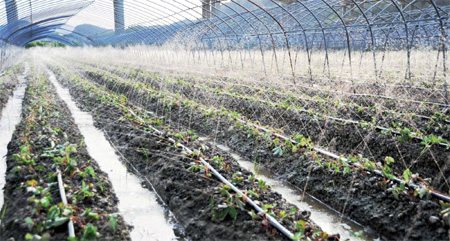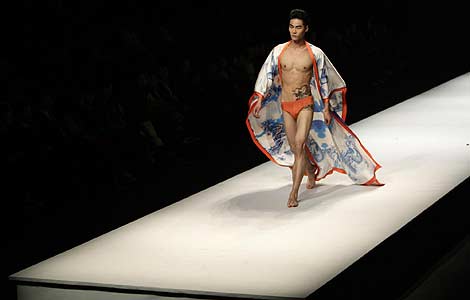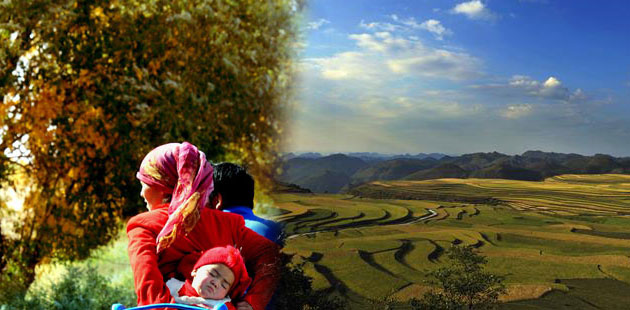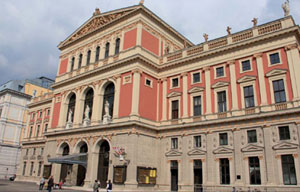Sprinkle, sprinkle, little star
Updated: 2011-10-28 09:29
By Meng Jing (China Daily)
|
|||||||||
|
The introduction of modern irrigation systems will help reduce water consumption. [Provided to China Daily] |
Rich pickings for foreign firms in China's agriculture irrigation market
Chinese farmers will soon be able to control their sprinklers with mobile phones and make sure the devices offer the exact amount of water and fertilizer the plants need - all without setting foot on their farms. The cutting-edge irrigation system designed by France-based Irrifrance Industries, a leading sprinkler producer, will roll out next year and will be first available for Chinese farmers because the state-of-the-art devices were designed in China.
"We've transferred all of our technologies to China completely. Our products in China are as advanced as those produced in France, sometimes even more cutting-edge than those developed in our headquarters," says Karim Al-Wadi, China chief representative of Irrifrance.
|
||||
A total of 4 trillion yuan ($628.7 billion, 451.8 billion euros) will be invested in water conservation projects over the next 10 years, with China aiming to double its average annual spending from 200 billion yuan in 2010, according a top policy document released earlier this year.
The check of 4 trillion yuan equals the stimulus package the Chinese government employed to boost its economy during the 2008 financial crisis, a fact that wasn't lost in the agriculture irrigation industry at the recent Water Expo China in Beijing.
Many industry experts say the agriculture irrigation market will grow exponentially next year when government funds go into effect.
In a country where water resources per capita are only 28 percent of the global average and where there is growing pressure to feed a growing population of just over 1.3 billion people, industry leaders believe the agriculture irrigation industry has a rosy future.
According to the central government's plan, total investments in the water industry between 2011 and 2015 will reach 1.8 trillion yuan, of which 20 percent will be invested in infrastructure projects related to agriculture, such as irrigation projects.
Although Irrifrance, which recently received the award of 2011's Well-known Water Equipment Companies, began selling its irrigation devices to China in the 1990s, it set up its office in China in 2006.
"Some told me that they know our machines are very good, but they just couldn't afford them," Al-Wadi says, adding the market has begun to expand this year because of strong government support.
"We are expecting to double our sales in China to around 600 machines this year from last year. And I think the surging growth will continue for at least five years," he says.
Of the 120 million hectares of cultivated land in China, only 53.3 million hectares have basic irrigation measures and facilities. And the area equipped with high-efficiency, water-saving irrigation, such as sprinklers and drip irrigation systems, is estimated at just 1.3 million hectares by the end of this year, according to the Ministry of Water Resources.
NETAFIM, a global leader in smart drip and micro-irrigation solutions, introduced drip irrigation to China in the early 1990s. Its irrigation systems deliver water and fertilizer to the roots of plants and to save 90 percent in water and 20 percent in fertilizer.














